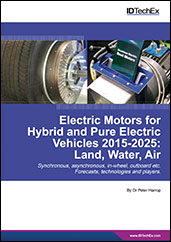Standard
Endurance Testing for UAS Engines Having Maximum Power Ratings at or Below 22.4 kW
2024-01-16
CURRENT
AS8473
This standard is applicable to reciprocating engines powering unmanned aerial vehicles (UAV) that have rated power values less than 22.4 kW and are not to be used for human transport. This standard only covers engines designed for 150 hours of operation or higher.








